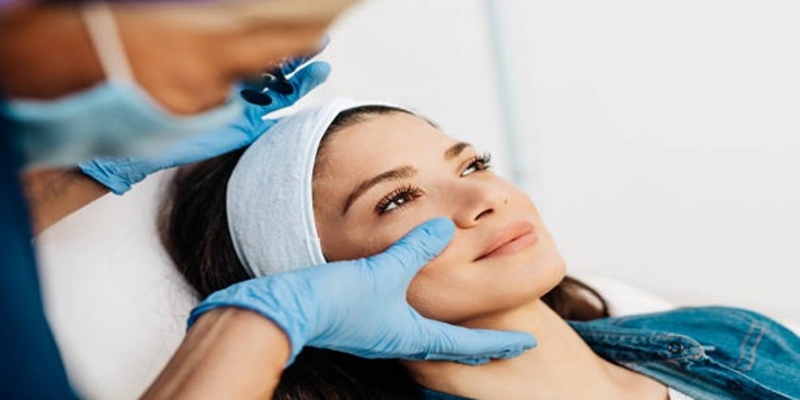A stye is an incredibly common and uncomfortable eye infection which can have a wide range of symptoms, causes, and treatments. It’s easy to feel overwhelmed with questions when dealing with a stye – what are the signs? What could be causing it? How do I treat it effectively? In this post, we’ll take you through all the information you need in order to make sure your eye health stays intact and understand exactly what a stye is. Read on for more details about how to deal with these pesky infections!
What is a Stye?
A stye, also known as a hordeolum, is a small, painful lump that appears on the inside or outside of the eyelid. It occurs due to a bacterial infection that causes inflammation and swelling of the hair follicle or oil gland in the eyelid.
What are its Symptoms?
The common symptoms of a stye include;
- A red
- Tender
- Swollen bump on the eyelid
- A sensation of grittiness in the eye
- Increased sensitivity to light
Some people may experience watery eyes, a discharge from the affected eye or blurred vision. If you experience any of these symptoms, it's important to seek medical attention to get the appropriate treatment and avoid complications.
Causes of a Stye:
It is caused by an infection of the oil glands in the eyelid, which can result in redness, swelling, and discomfort. There are a few different factors that can increase the likelihood of developing a stye.
- Poor hygiene, such as failing to remove makeup or contact lenses before bed, can create a breeding ground for bacteria.
- Rubbing your eyes excessively or sharing eye makeup can transfer bacteria and increase your risk of infection.
- Stress, lack of sleep, and poor nutrition can also weaken your immune system and make you more susceptible to styes.
While they can be uncomfortable, most styes will clear up on their own within a week or two.
How to Diagnose a Stye?
If you experience redness, swelling, and tenderness around the eyelid, this is a clear sign that you have a stye.
You'll notice a small bump on your eyelid that resembles a pimple. You may also suffer from blurry vision or increased sensitivity to light. If you observe any of these symptoms, it's best to contact your eye doctor who can provide you with an accurate diagnosis and treatment options.
Home Remedies for Treating a Stye:

There are plenty of home remedies you can try to ease the discomfort.
Use tea bags. Steep a tea bag in hot water for a few minutes, let it cool, and apply it to your eye for 5-10 minutes. Don't forget about proper hygiene as well.
Avoid touching your eyes with dirty hands and try to keep your face clean.
When to See a Doctor for Treatment?
When it comes to prioritizing our health, knowing when to seek professional medical help can make all the difference. While some ailments may not require immediate attention, others could worsen and have severe consequences if left untreated. For this reason, it's crucial to pay attention to persistent symptoms that interfere with daily activities, especially when they last for more than a few days.
Seeing a doctor for treatment not only helps diagnose any underlying conditions but also provides peace of mind and a path to recovery. Don't wait until it's too late to seek medical attention. Your health is a priceless asset that deserves the utmost care and attention.
Prevention Tips to Avoid Getting a Stye:

It can be prevented with a few easy tips.
- For starters, always make sure to remove your makeup before you go to bed.
- Leaving it on can clog your pores and lead to styes.
- Try not to rubbing your eyes excessively as the bacteria on your hands can transfer to your eyelids.
- Using a warm compress on your eyes can also help prevent styes by keeping your eyelids clean and reducing inflammation.
So, by following these simple tips, you can effectively lower the risk of developing a stye and keep your eyes healthy and happy.
Conclusion:
Styes can be uncomfortable and sometimes difficult to get rid of. Fortunately, there are home remedies that can provide relief and stop a stye from spreading. It is essential, however, to see a doctor if symptoms persist or if the stye doesn't seem to be getting better with simple treatments. Taking careful steps for proper eye hygiene and knowing the risks will go a long way toward preventing the appearance of a stye. It is important to remember that anyone can get a sty--not just those who have poor hygiene--so it pays to be aware of your risks and know when professional medical care is necessary.







